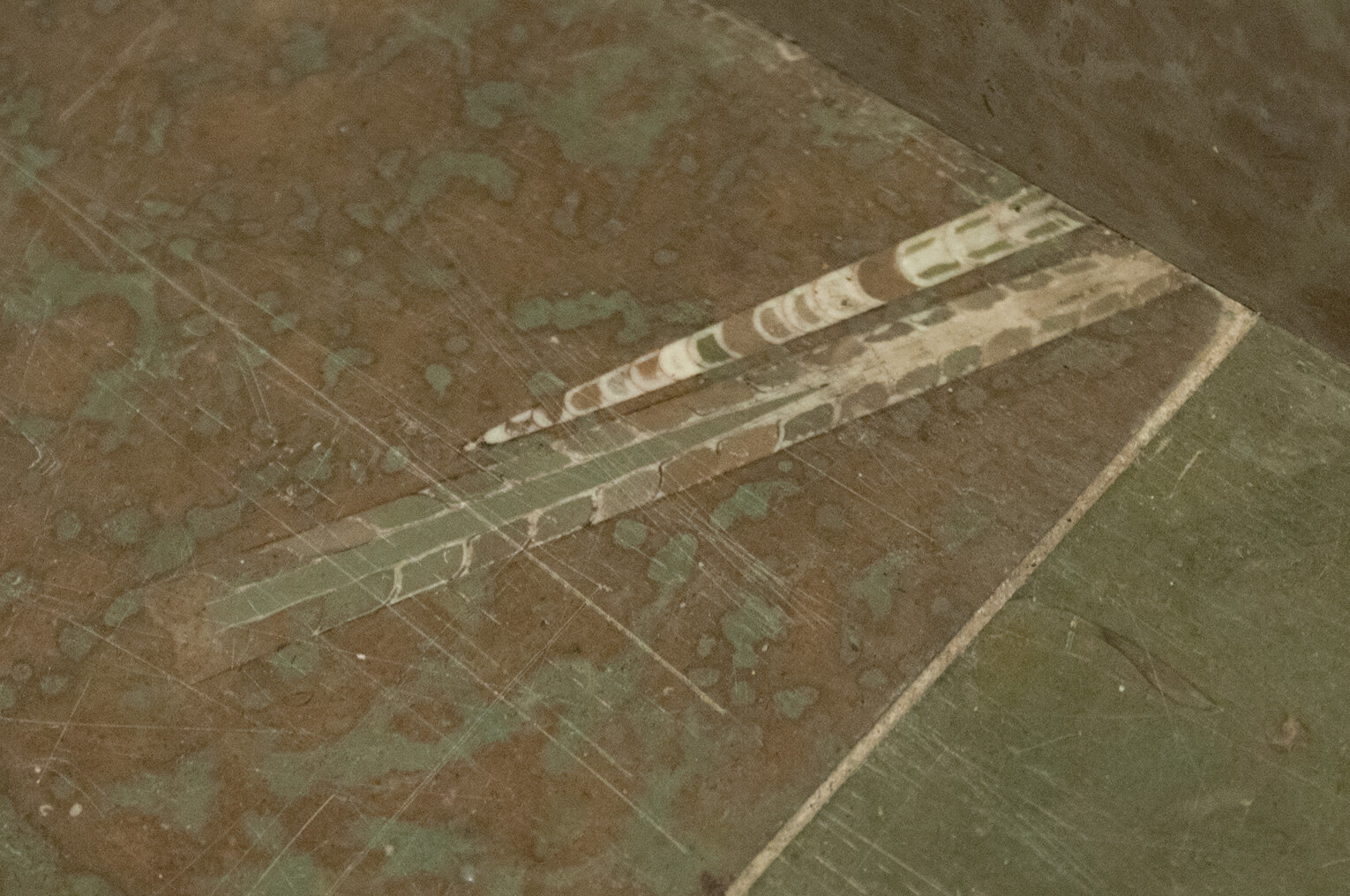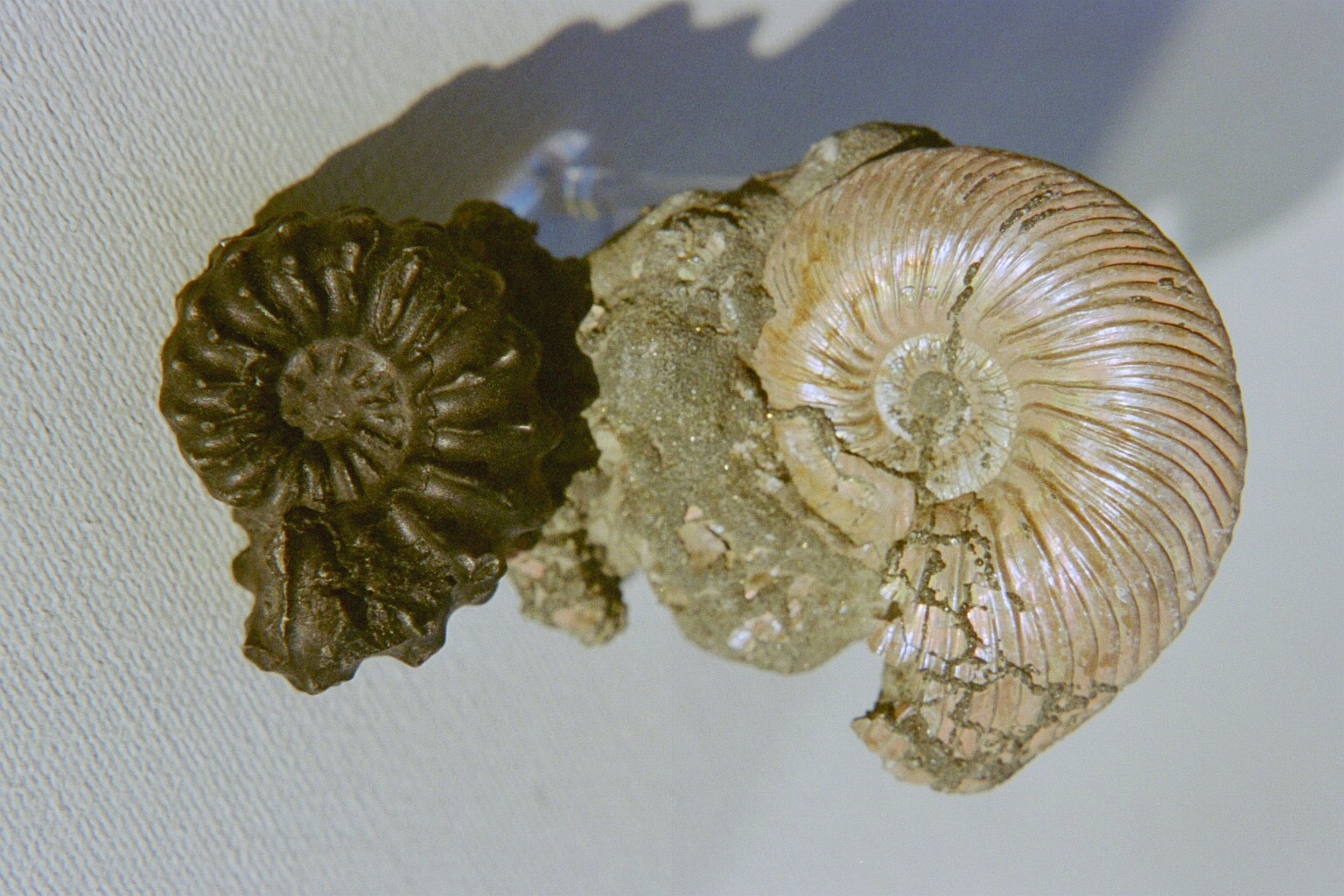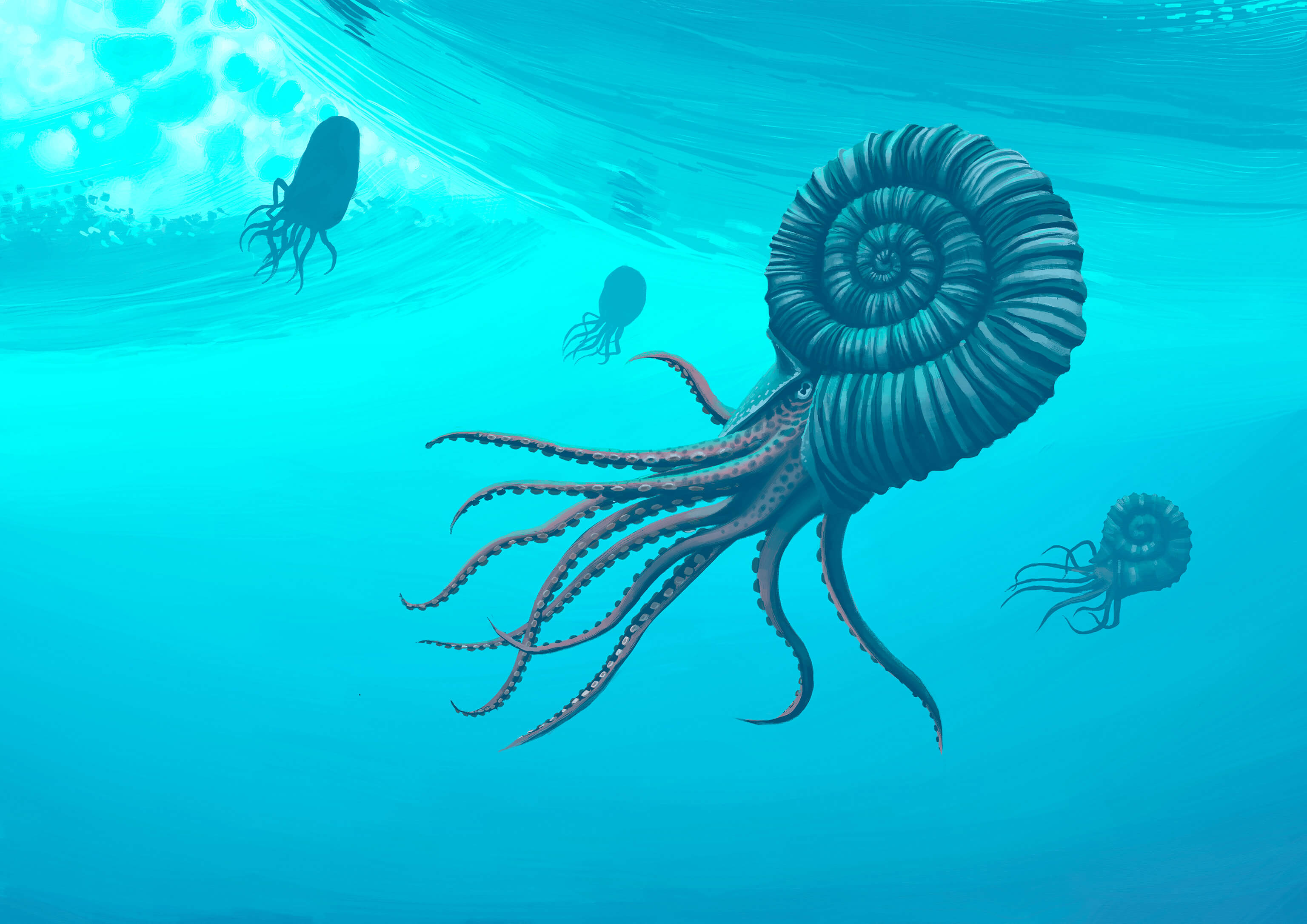Stora torget i Borås EarthCache
-
Difficulty:
-

-
Terrain:
-

Size:  (other)
(other)
Please note Use of geocaching.com services is subject to the terms and conditions
in our disclaimer.
Press here for English!
[Svenska]
Loggnings instruktioner
För att kunna logga cachen skall du svara på följande frågor:
1. Ställ dig vid statyn och titta på de första stenplattorna i ån. Här ser du att det finns en urgröpnad i stenen, beskriv hur den ser ut. Är det ett fossil? Motivera!
2. Jämför de stora fossilerna i de fyrkantiga kalkstensplattorna med de i åns plattor. Vilka skillnader ser du? Varför ser det ut som det gör?
3. Vilka typ av fossil ser du i stenplattorna på platsen? Identifiera typ.
4.Hur hade fossilerna sett ut på platsen om det varit marmor (metamorfos bergart) istället?
5. Ta en bild på dig själv eller något personligt objekt som visar att just du besökt platsen med fontänen på torget i bakgrunden.
För att logga cachen skall du maila svaren till mig via min profilsida (länk.) Alternativt skicka svaren till aa1124aa@outlook.com Vid eventuella fel så kontaktar jag dig.
Du behöver inte vänta på svar från mig för att logga!
Fossil är rester av växter och/eller djur som bevarats under flera år i någon form av sediment. Kravet för att fossiler ska finnas är att det ska lagras i just sedimentära bergarter. Fossilerna på platsen har bildats genom förstelning eller fossilbildning som det heter på fint språk vilket innebär att fossilet genomgått ett utbyte av olika substanser (kemiskt men även fysikaliskt) av/mellan mineral.
Det måste vara specifika förhållanden för att ett fossil ska kunna bildas, organiska materialet som ska brytas ner måste brytas ner relativt långsamt, eftersom det ska hinna mineraliseras undertiden. I de flesta fall är det de hårda delarna som oftast tar längre tid att bryta ner som blir fossil, skal, tänder osv...
Det finns flera olika fossil som jag skrev ovan. Här är några vanliga fossil.
Ortoceratiter


Detta är en benämning å fossil som kommer från en typ av bläckfiskar som levde för fler än 400 000 000 årsedan. Denna fossilgrupp kännetecknas genom att de har ett runt avsmalnande huvud som en kon, liknande en strut och skal. Fossilgruppen har också små ränder kring "struten" vilket också är ett kännetecken.
Kristalläpplen I framförallt kalkstenen finner man också ett nästan runt litet fossil som Linné benämnde ”kristalläpplen”. Fossilet är från en utdöd grupp tagghudingar, vilket innebär att den är en mycket gammal bekant till dagens sjöborrar.
Ammoniter


Ammoniter är ett rundat fossil som ser ut som en orm som rullat sig runt i flera lager. Detta är en utdöd grupp av bläckfiskar som man inte längre lever idag. Dessa levde under perioderna devon fram till översta krita.
Här på stora torget i Borås finns det mycket tydliga fossil. De fossil som befinner sig här på platsen kan skilja sig mycket åt i utseende men ändå vara så nära besläktade och samma art. De flesta fossil på platsen här är av varierande storlek, några är små, andra medelstora men det förekommer också stora fossil på platsen. De fossil som finns här på stora torget i Borås ligger i en sedimentära bergart. På platsen finns det några fyrkantiga plattor där det förekommer fossil men det finns även en, vad som ser ut som en slingrande bäck gjord av stenplattor på platsen där det förekommer fossil. Det intressanta här är att de stora fossilen som finns i ån respektive fyrkantiga plattorna skiljer sig från varandra i utseende. Du kommer få en uppgift på det i loggningsuppgiften så jag vill inte säga för mycket om det här.
De fossil som förekommer här på torget är troligtvis ca 400-130 miljoner år gamla, detta eftersom de olika fossiltyper som finns på platsen även förekommer i samma lager vilket betyder att de måste levt och hamnat i sedimentet någorlunda samtidigt. Baserat på när de väter/djur fossil som finns på platsen levde kan ett lämpligt tidsintervall för åldern på fossilerna på torget bestämmas enligt ovan.
Som jag nämnde ovan är fossilerna på torget också av olika storlekar och form vilket kan bero på att de legat i olika lager i den sedimentära bergarten och på så sätt kan förhållandena skilja sig åt tillsammans med den omkringliggande miljön. Förutsättningarna behöver inte varit de samma för de som legat längre ner i sedimentet som de som legat överst eftersom sedimentära bergarter bildas långsamt hinner den omkringliggande miljön ändra sig vilket kan vara orsaken till de skillnader i fossil som finns här på torget.
[English]
Logging tasks
To log:
1. Stand by the statue and look at the first stone slabs in the river. Here you see that there is a hollow in the stone, describe what it looks like. Is it a fossil? Motivate!
2. Compare the large fossils in the square limestone slabs with those in the river slabs. What differences do you see? Why does it look like it does?
3. What type of fossil do you see in the stone slabs at the site? Identify type.
4. What would the fossils have looked like on the site if it had been marble (non sedimantary rock) instead?
5. Take a picture of yourself or some personal object that shows that you just visited the place with the fountain in the square in the background.
To log, send the answer to me from my profile page (link.) Or send your answer to aa1124aa@outlook.com I Contact you if somthing is wrong. You dont need to wait on answer from me to log!
Fossils are remains of plants and / or animals that have been preserved for several years in some form of sediment. The requirement for fossils to exist is that they must be stored in sedimentary rocks. The fossils at the site have been formed by solidification or fossil formation as it is called in fine language, which means that the fossil has undergone an exchange of different substances (chemical but also physical) of / between minerals.
There must be specific conditions for a fossil to form, the organic material to be decomposed must decompose relatively slowly, as it must have time to mineralize sometimes. In most cases, it is the hard parts that usually take longer to break down that become fossils, shells, teeth, etc ...
There are several different fossils that I wrote above. Here are some common fossils.
Ortoceratiter


This is a name for a fossil that comes from a type of octopus that lived more than 400,000,000 years ago. This fossil group is characterized by having a round tapered head like a cone and has shell. The fossil group also has small stripes around the "cone", which is also a characteristic.
Crystal apples In particular the limestone, one also finds an almost round small fossil that Linnaeus called "crystal apples". The fossil is from an extinct group of echinoderms, which means that it is a very old acquaintance of today's sea urchins.
Ammoniter


Ammonites are a rounded fossil that looks like a snake that has rolled around in several layers. This is an extinct group of octopuses that are no longer alive today. These lived during the Devonian periods up to the Cretaceous.
Here on "Stora torget i Borås", there are very clear fossils. The fossils that are here on the site can differ a lot in appearance but still be so closely related and the same species. Most fossils at the site here are of varying size, some are small, others medium-sized, but there are also large fossils at the site. The fossils found here on the main square in Borås are located in a sedimentary rock. At the site there are some square slabs where there are fossils but there is also one, what looks like a winding stream made of stone slabs at the site where there are fossils. The interesting thing here is that the large fossils found in the river and the square plates differ from each other in appearance. You will get an question on it in the logging tasks so I do not want to say too much about this.
The fossils that occur here on the square are probably about 400-130 million years old, this is because the different types of fossils that are at the site also occur in the same layer, which means that they must have lived and ended up in the sediment at about the same time. Based on when the plant / animal fossils found at the site lived, an appropriate time interval for the age of the fossils in the square can be determined as above.
As I mentioned above, the fossils in the square are also of different sizes and shapes, which may be due to the fact that they were located in different layers in the sedimentary rock and in this way the conditions can differ together with the surrounding environment. The conditions do not have to be the same for those who lay further down in the sediment as those who lay at the top because sedimentary rocks form slowly, the surrounding environment has time to change, which may be the reason for the differences in fossils found here on the square.
Additional Hints
(No hints available.)